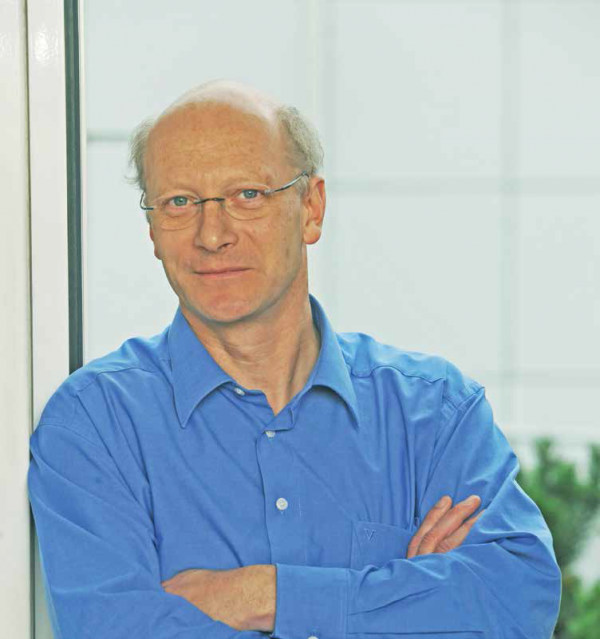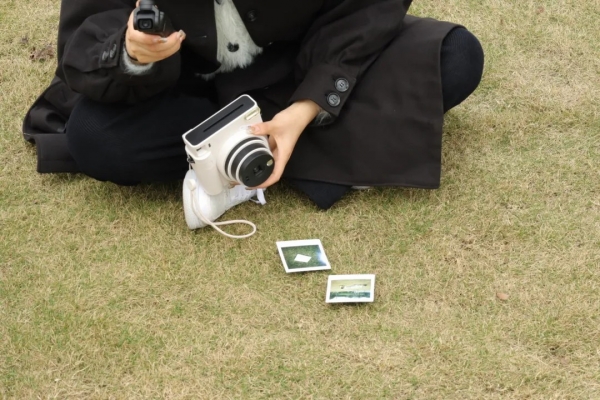即可将网页分享至朋友圈
由基础与前沿研究院主办的基础论坛第122期邀请到德国马普高分子所Hans-Jürgen Butt教授来校进行学术交流。具体安排如下,欢迎师生们参加!
主 题:Adaptive wetting–adaptivity in wetting
主讲人:德国马普高分子所 Hans-Jürgen Butt 教授
时 间:5月10日(周四)10:00-11:00
地 点:沙河校区通信楼818会议室
主讲人简介:
 Hans-Jürgen Butt was born 1961 in Hamburg. From 1980 to 1986 he studied physics in Hamburg and Göttingen. After his master thesis in high energy physics he moved to Frankfurt to work on his Ph.D. thesis in Ernst Bamberg's group at Max Planck Institute for Biophysics. He defended his thesis about light induced proton transport of bacteriorhodopsin in April 1989. Then he spent a year as a postdoc in Santa Barbara, California, with Paul Hansma. In 1990, back in Germany at the Max Planck Institute for Biophysics,he studied biological objects and surface forces with the atomic force microscope. He habilitated in 1995 in biophysical chemistry.In 1996 he went to the institute for physical chemistry at the Johannes Gutenberg-University in Mainz as a Associate Professor.In 2000 he joined the University of Siegen as a Full Professor for physical chemistry. 2002 he received a call from the Max Planck Institute for Polymer Research. Since then he leads the group for Experimental Physics of Interfaces as a director. The group does fundamental research on the structure and dynamics of soft matter interfaces. The aim is to describe processes at interfaces quantitatively.
Hans-Jürgen Butt was born 1961 in Hamburg. From 1980 to 1986 he studied physics in Hamburg and Göttingen. After his master thesis in high energy physics he moved to Frankfurt to work on his Ph.D. thesis in Ernst Bamberg's group at Max Planck Institute for Biophysics. He defended his thesis about light induced proton transport of bacteriorhodopsin in April 1989. Then he spent a year as a postdoc in Santa Barbara, California, with Paul Hansma. In 1990, back in Germany at the Max Planck Institute for Biophysics,he studied biological objects and surface forces with the atomic force microscope. He habilitated in 1995 in biophysical chemistry.In 1996 he went to the institute for physical chemistry at the Johannes Gutenberg-University in Mainz as a Associate Professor.In 2000 he joined the University of Siegen as a Full Professor for physical chemistry. 2002 he received a call from the Max Planck Institute for Polymer Research. Since then he leads the group for Experimental Physics of Interfaces as a director. The group does fundamental research on the structure and dynamics of soft matter interfaces. The aim is to describe processes at interfaces quantitatively.
报告摘要:
The dynamics of a liquid wetting a solid surface is a complex process because different length scales and several times scales are involved. Even on inert, rigid, smooth and homogeneous surfaces a quantitative description of wetting dynamics is still a challenge. This challenge becomes even bigger for adaptive or responsive surfaces. These are surfaces, which change their properties upon external conditions such as temperature, humidity, electric and magnetic fields or the presence of the liquid itself. Here, we are concerned with surfaces, which spontaneously change in the presence of the liquid or its vapor. A simple yet universal model is introduced to understand and model wetting dynamics, focusing on temporal and spatial changes of the interfacial energies. The aim of the model is to provide a quantitative description of adaptive wetting and to link changes in contact angles to a microscopic adaptation processes. The model provides a framework for a discussion of adaptive wetting and focus the discussion to relevant questions. Adaptation can explain the sometimes observed changes in contact angle even at low speeds of the contact line. Adaptation can also explain contact angle hysteresis even on smooth, homogeneous surfaces.
基础与前沿研究院
2018年5月8日
编辑:王晓刚 / 审核:林坤 / 发布:陈伟


